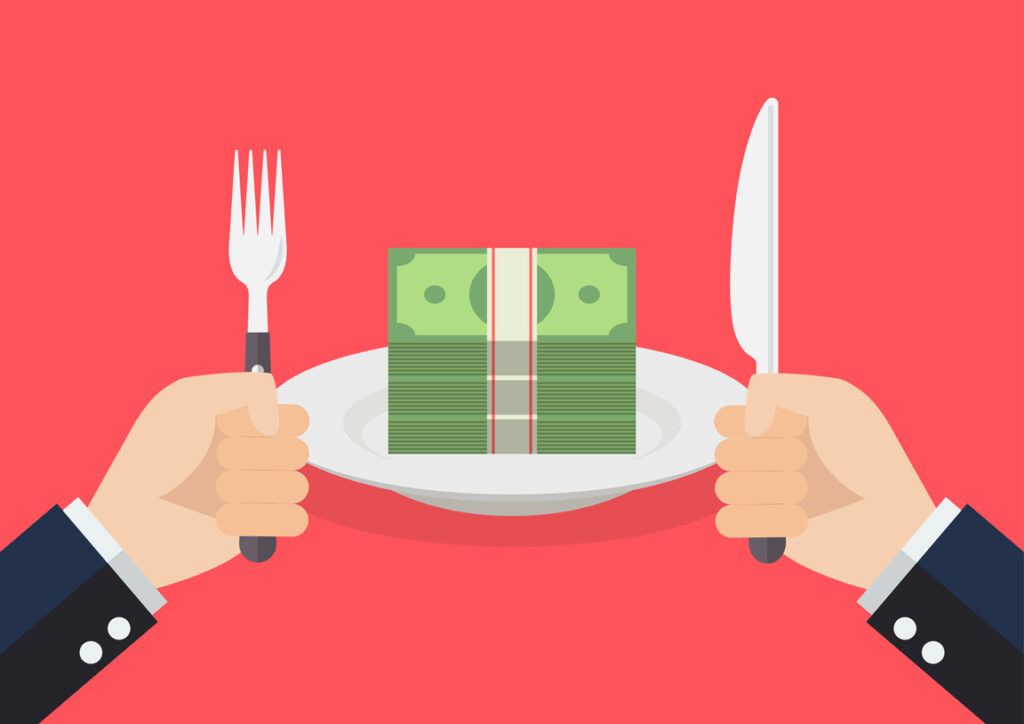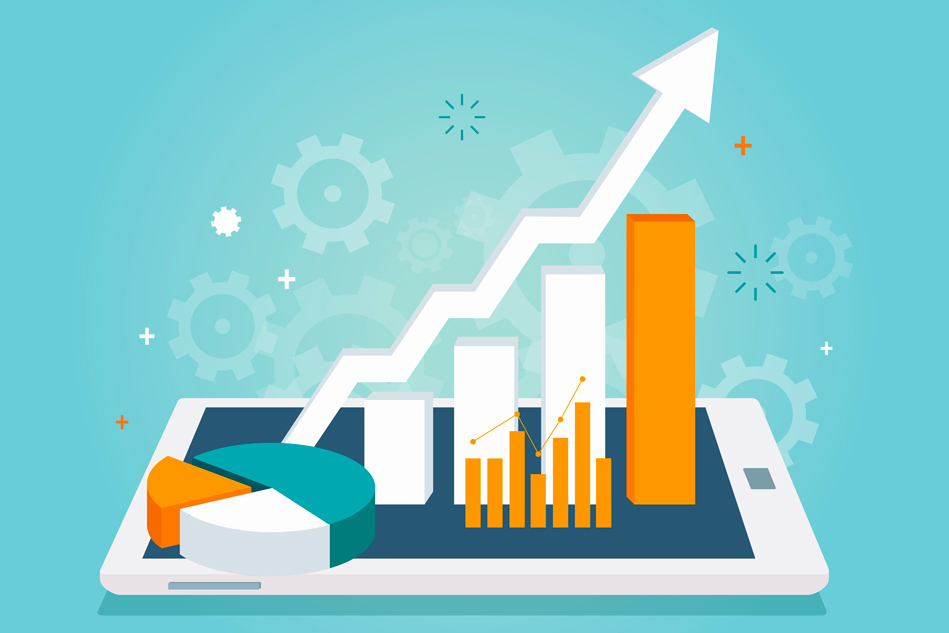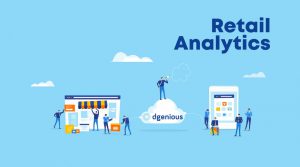
Since 2022, inflation has reached record levels in the Eurozone and the United States, significantly impacting household purchasing power. As wallets are being hit hard, particularly by rising energy costs and food prices, precautionary savings are being reinforced at the expense of so-called “pleasure” spending.
The restaurant and catering sector has not been spared. As the manager of a restaurant chain, it is now vital to leave nothing to chance to avoid any decline in the performance of your various establishments.
The question is: “How to reduce the impact of inflation on your restaurant chain ?” With a clear understanding of your profitability and deficit factors.
In this article, we explain how to closely follow the evolution of your business, to understand, know and control the profitability factors of your various restaurants by making optimal use of your data analysis.
Are you making the most of your restaurant data today?

Imagine, based on your data analytics, being able :
- to adjust your current operations and inventory according to current trends,
- to fine-tune your menus according to your customers’ preferences,
- to drastically reduce your food waste,
- to build lasting customer loyalty and react quickly to fluctuations in demand with successful promotions…
Restaurant data analytics today collect and examine large amounts of data collected in real time and transform it into clear and actionable information.
It has been shown that companies harness their data through accurate performance analysis to increase their productivity by 17% and improve their products or services by 12%.
With inflation a thorough understanding of your profitability and deficit drivers is crucial as it will give your entire team and your restaurant network a clear view of the situation in real time. Restaurant data analytics will highlight issues that you might not have been able to identify otherwise. The best decisions will then be made, the most effective actions will be implemented, and the timing will align with reality on the ground.
In addition, in the case of a chain of restaurants or multiple restaurants, data analytics will compile the separate data into a single report, giving you the unified overview you need to understand the big picture and direct your efforts in the right direction.
In short, careful data analysis saves you time and money. And in today’s environment, you can’t put it off any longer.
Control the impact of inflation on your restaurant chain with concrete actions.
1. Build customer loyalty with a detailed knowledge of their consumption, frequentation habits, and preferences.

Does knowing the habits of each of your customers seem like a utopia? However, it is entirely possible within the framework of a data analysis today, and it will help you build loyalty sustainably by providing a specific response adapted to their expectations.
Tailoring your service to individual customer habits is the best way to create a unique customer experience that will benefit your business. Data analysis provides precise information, such as demographic data, specific customer preferences, and essential information, such as allergies or typical diet.
This data is also crucial to help you understand why a menu works or does not work. As you know, evaluating the menu of your restaurants is the core of your business.
With this knowledge, you can make the right restaurant design, menus, stock management, and price positioning decisions.
2. Implement promotional actions that will have a real impact.

Promotional actions in the restaurant business are interesting for example,
- increasing the flow of customers on days when the number of customers is lowest,
- limiting food waste by using up the day’s stock,
- attracting and acquiring new customers,
- encouraging undecided people to visit your restaurants.
But beware, even if promotions are common, few of them impact increasing total sales. On average, 20-50% of promotions do not increase sales and often have a negative impact on the business.
The negative impact can be a loss of time spent by your team, lower sales, or a loss of margins. So why are we talking about this today? Because well-executed promotions can be a real opportunity, especially to counter the effects of current inflation.
In doing so, applied promotions require careful analysis to learn from the effects of previous promotions and how they have influenced your customers’ behaviour. What types of customers respond to promotions? Understand what they have in common and where the differences lie. Answer the question, “who responds best”? For which restaurant(s) or sales channel(s) did the promotions work best?
Based on this information, a clear strategy should be set up to avoid undesirable results and ensure that the planned actions will not negatively impact your restaurant chain’s performance.
Want to know more about this?
Read our white paper on how to implement truly effective promotional actions.
3. Improve your cash flow

Analyzing your restaurant data can also help you to gauge the state of your cash flow better so that you can strategically plan the different actions you want to take concerning your budget. This way, you ensure that you are always on the positive side financially.
4. Limit food waste. Become thrifty by keeping a close eye on your stocks.

Last year alone, 360 million tonnes of food were wasted by retailers and the hotel, restaurant, and catering sector.
This is an alarming figure that speaks volumes about the losses that this represents for restaurants, especially in light of rising inflation and increased costs.
Food waste significantly impacts restaurant margins as the sale of these unused food products is simply impossible. Furthermore, in an age of environmental threats, failure to reduce food waste in your establishment will damage your brand image with customers, suppliers, and employees.
Therefore, tracking your inventory with a data monitoring platform is essential to adjust your stock levels, plan orders to reduce ingredient waste, and concoct menus that respect customer demand and available food.
Your restaurant chain will reduce costs, be more efficient and increase revenue by always having the most popular items in stock.
Not to mention, based on the analysis of previous years/months, it is quite possible to evaluate your restaurant’s patronage at different times of the year.
5. Set up incentive programmes to stimulate your teams and your sales.
Implementing an individual incentive programme allows each employee to surpass himself to improve his performance.
Let’s take aperitifs as an example. Challenging the sale of aperitifs is an excellent way to generate additional sales. Thanks to a data monitoring platform, you can follow your employees’ results and rankings in real time and coach them to achieve their objectives.
Controlling your incentive programmes will allow you to keep your teams motivated, value their efforts, and stimulate mutual support between participants.
Would you like to know more about setting up incentive programmes? We have prepared an Ultimate Guide on the subject for you!
Why use a business monitoring data platform like dgenious to reduce the impact of inflation on your retail chain?
Using a powerful business analytics platform like dgenious allows you to track the restaurant data discussed in this article in real time.
This means you can quickly and easily identify patterns and trends in your customers’ spending habits, and most importantly, you no longer have to wait until the end of the shift to find out the day’s sales figures.
A considerable advantage is that it saves you time and reduces your losses.
Having access to accurate analysis means that nothing is left to chance. You have all the data you need to optimize your menu offerings and stock management and ensure an optimal customer experience.
Having all the data from your restaurant network centrally available will allow you to implement personalized promotional actions that will impact desired purchase behaviour and loss reduction.
And now, after reading this article, how would you answer the first question: “Are you making the most of your restaurant data today?”



